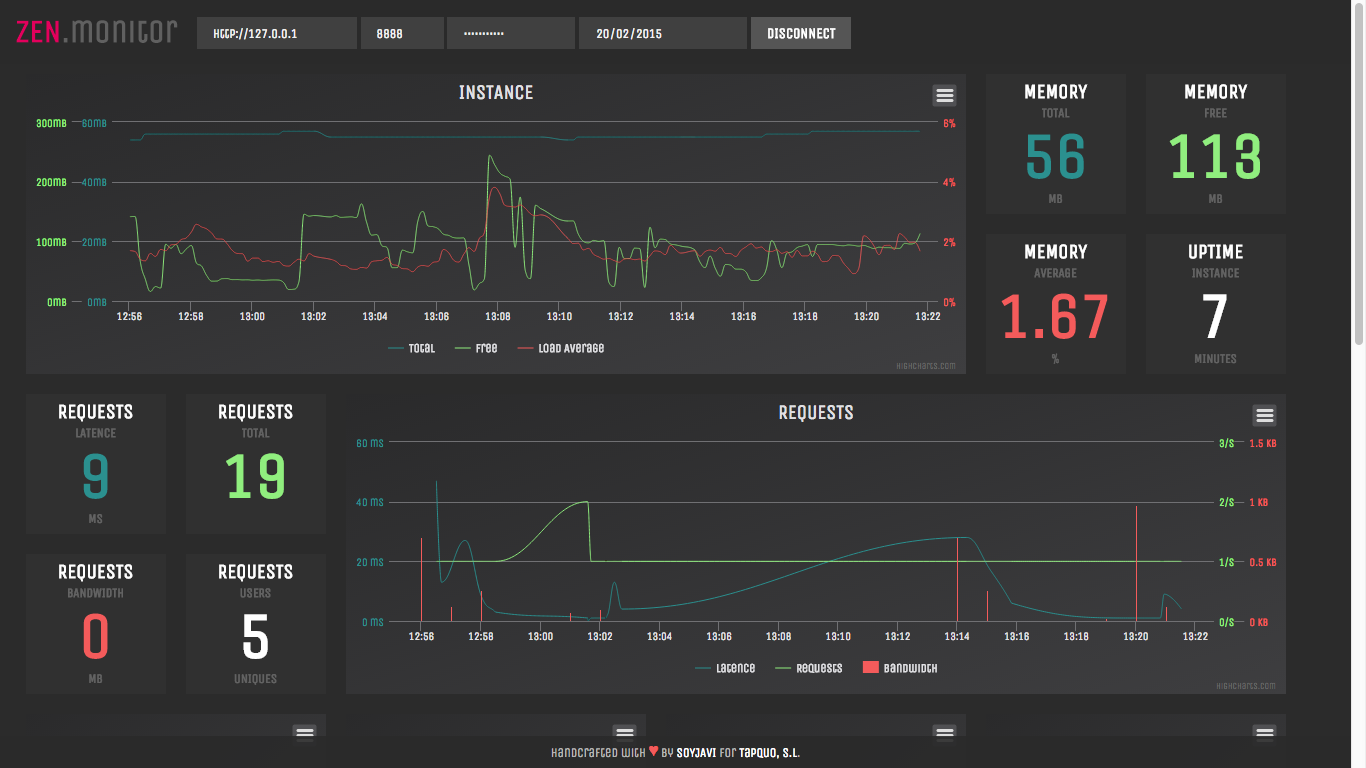
Application Security
/Research
/Security News
Ongoing Supply Chain Attack Targets CrowdStrike npm Packages
Socket detected multiple compromised CrowdStrike npm packages, continuing the "Shai-Halud" supply chain attack that previously hit Tinycolor and 40+ other packages.



